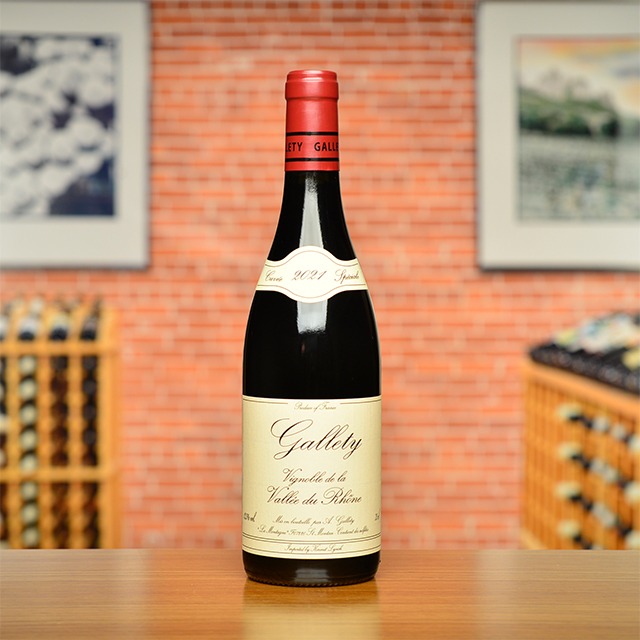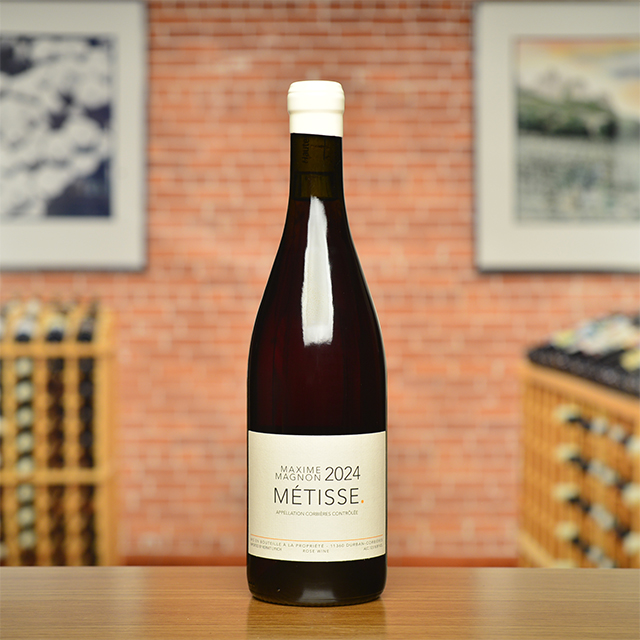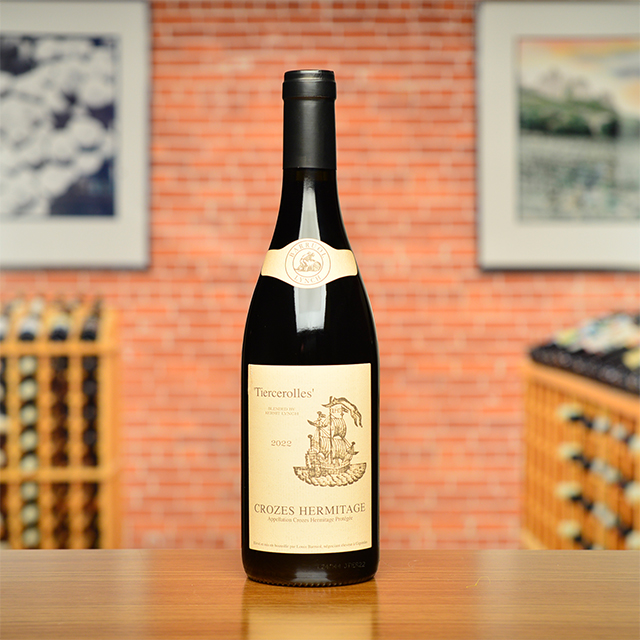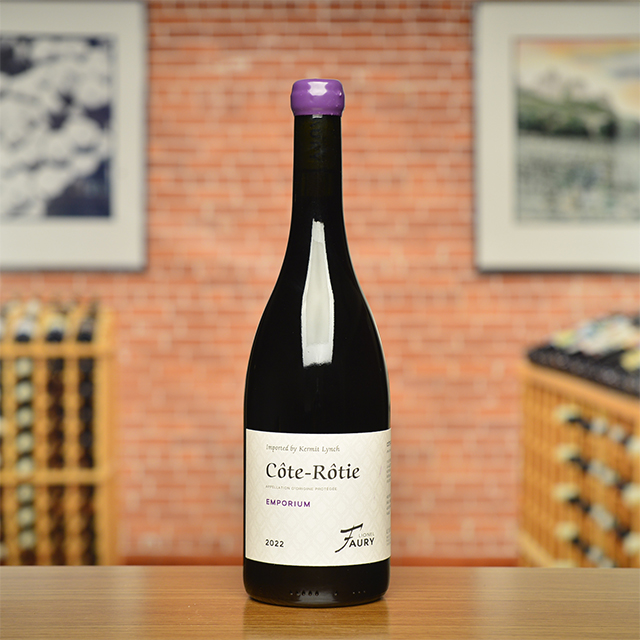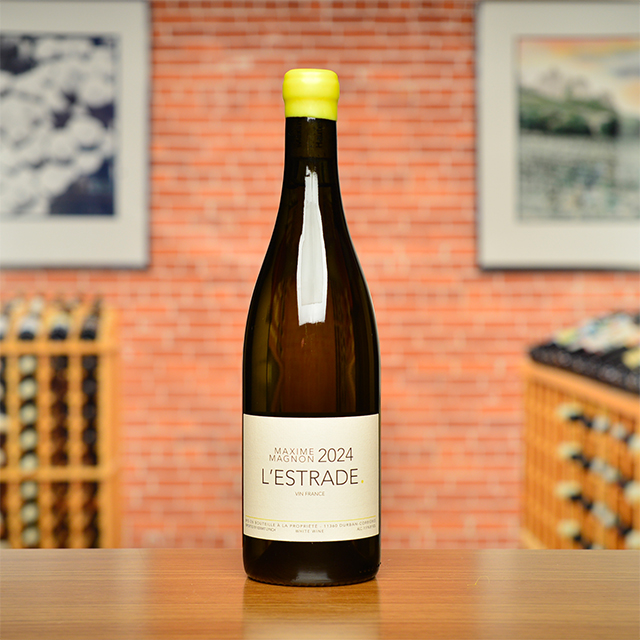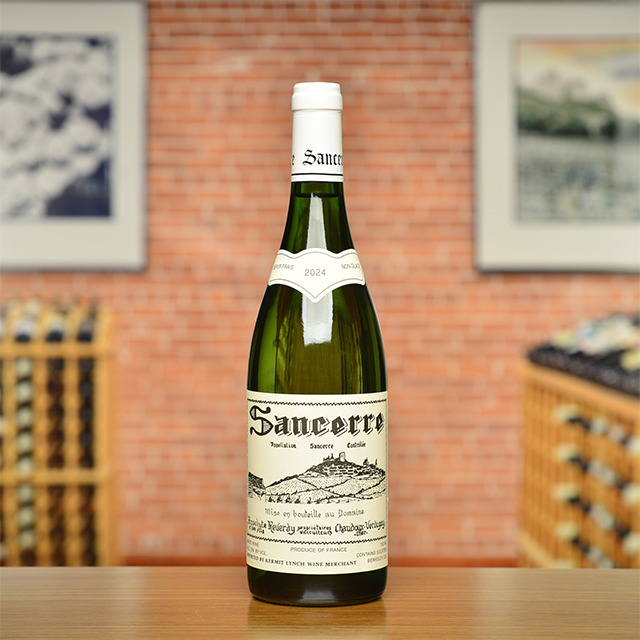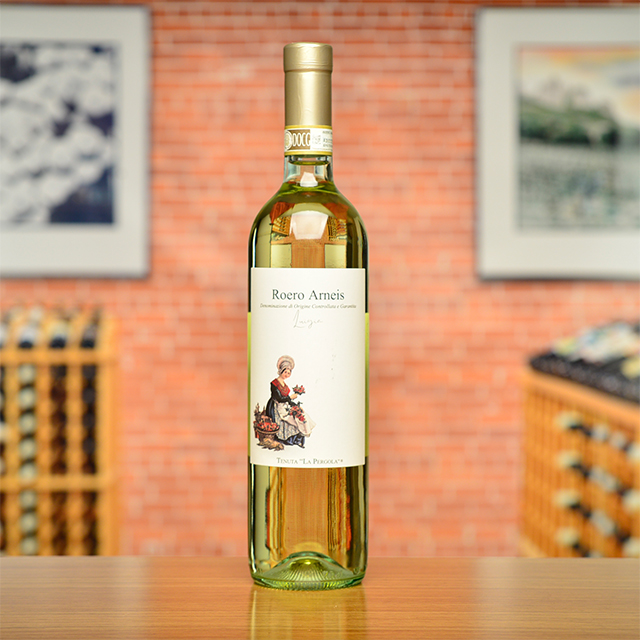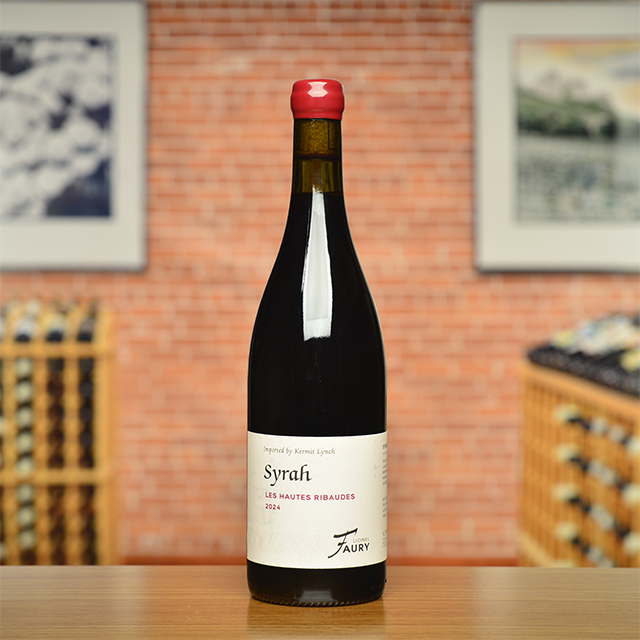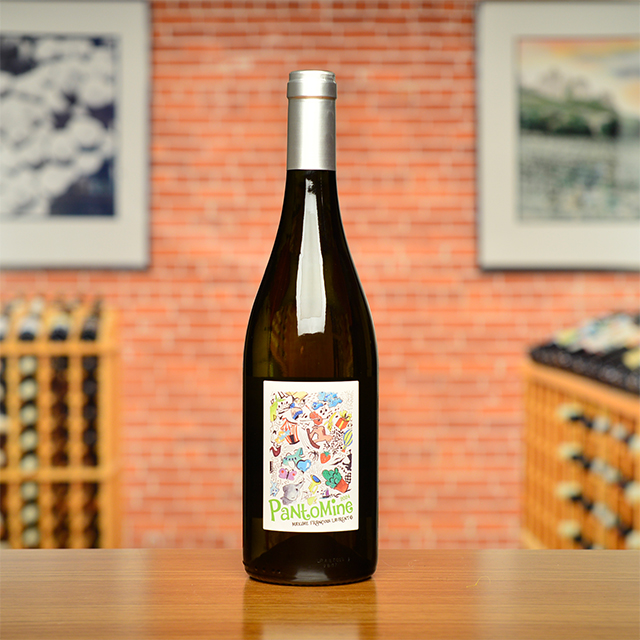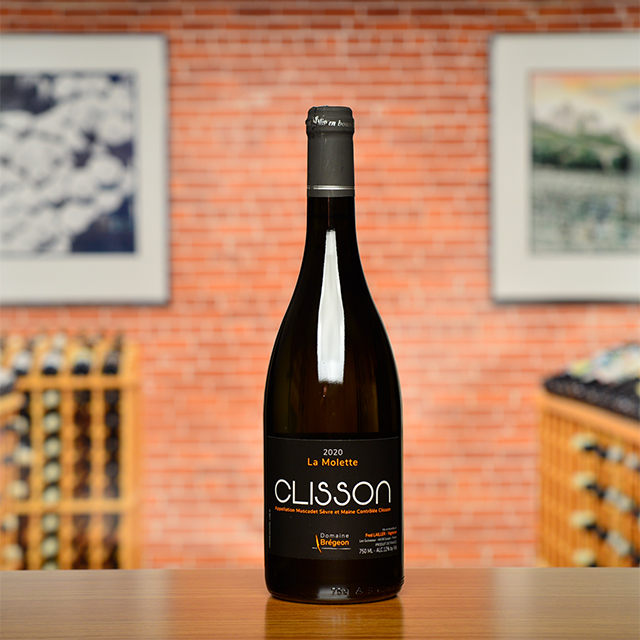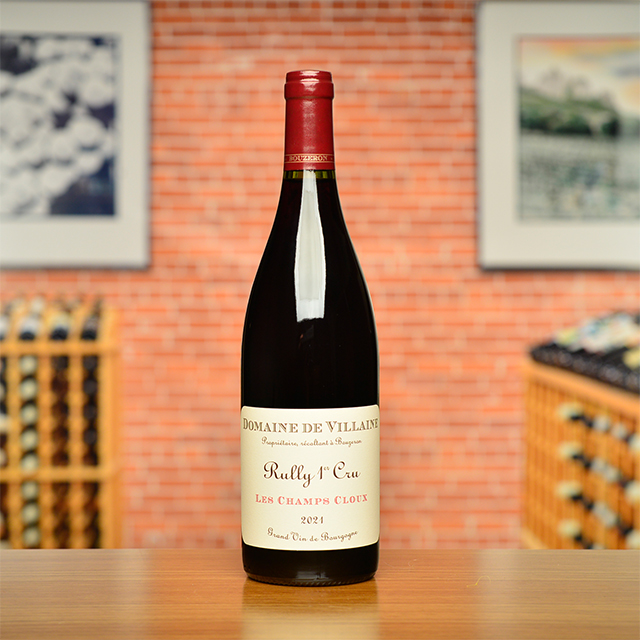Notify me
2017 Rivesaltes “Noir de Carignan”
Domaine Les Mille Vignes
This is delicious dessert wine! Made from late-harvest, old-vine Carignan that is partially fermented then fortified with a neutral spirit, it is deep, dark, inky, and bursting with sweet blackberry fruit coupled with just enough earthy terroir to keep you coming back for more. It's a majestic foil to any meal, and an excellent pairing with dark chocolate.
—Michael Butler
| Wine Type: | dessert |
| Vintage: | 2017 |
| Bottle Size: | 500mL |
| Country: | France |
| Region: | Languedoc-Roussillon |
| Producer: | Domaine Les Mille Vignes |
| Winemaker: | Jacques Guérin, Valérie Guérin |
| Farming: | Organic (practicing) |
| Alcohol: | 16% |
More from this Producer or Region

2020 Faugères “Jadis”
France | Languedoc-Roussillon
Earthy, meaty, savory, juicy, and powerful, it is a glassful of joyful, soulful goodness.

2020 Gard Rouge “Clausus”
France | Languedoc-Roussillon
This wine is full of fresh Grenache fruit, beautifully perfumed, with a refined and elegant finish.

2020 Pic Saint Loup Rouge “Cupa Numismae”
France | Languedoc-Roussillon
It’s dense, noble, with grip and grit, the kind of cuvée that could generate a lot of awe and attention... and also a much higher price tag.
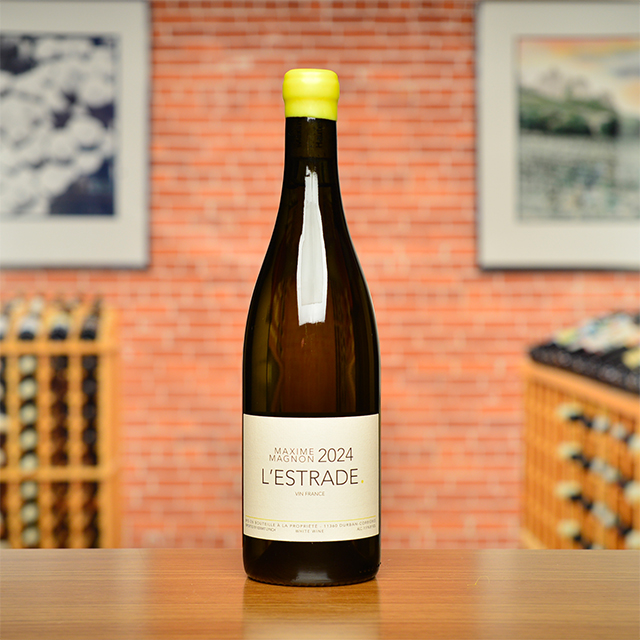
2024 Vin de France Blanc “L’Estrade”
France | Languedoc-Roussillon
The imprint of the sun-kissed landscape of the Languedoc is clear, with aromas of honeysuckle and lime zest.

2022 Vin de France Blanc de Voile
France | Languedoc-Roussillon
If you’re a fan of Jura’s vin jaune or fino and manzanilla sherry, find yourself a new friend in this rare bottling from Ludvic Engelvin.

2021 Languedoc Blanc “Les Cocalières”
France | Languedoc-Roussillon
One of five or six most outstanding dry whites of the Mediterranean rim, vintage after vintage and worth every centime!

2022 Corbières Rosé “Gris de Gris” MAGNUM
France | Languedoc-Roussillon
This crisp and succulent vin gris is a guaranteed thirst-quencher.

2023 Banyuls “Rimage”
France | Languedoc-Roussillon
Imagine a red, Grenache-based Sauternes, full of earth and spice, and you’ll have a decent idea how delicious this Banyuls tastes.

2022 Languedoc Rouge “Lou Maset”
France | Languedoc-Roussillon
There is a strangely beautiful harmony between earth, sun, and man.

2023 Saint-Chinian Rouge “Cebenna”
France | Languedoc-Roussillon
** New Wine Added **Generous and floral, with fragrant hints of lavender, purple fruit, and brambly garrigue.
 /
/
About The Producer
Domaine Les Mille Vignes
About The Region
Languedoc-Roussillon

Ask wine drinkers around the world, and the word “Languedoc” is sure to elicit mixed reactions. On the one hand, the region is still strongly tied to its past as a producer of cheap, insipid bulk wine in the eyes of many consumers. On the other hand, it is the source of countless great values providing affordable everyday pleasure, with an increasing number of higher-end wines capable of rivaling the best from other parts of France.
While there’s no denying the Languedoc’s checkered history, the last two decades have seen a noticeable shift to fine wine, with an emphasis on terroir. Ambitious growers have sought out vineyard sites with poor, well draining soils in hilly zones, curbed back on irrigation and the use of synthetic fertilizers and pesticides, and looked to balance traditional production methods with technological advancements to craft wines with elegance, balance, and a clear sense of place. Today, the overall quality and variety of wines being made in the Languedoc is as high as ever.
Shaped like a crescent hugging the Mediterranean coast, the region boasts an enormous variety of soil types and microclimates depending on elevation, exposition, and relative distance from the coastline and the cooler foothills farther inland. While the warm Mediterranean climate is conducive to the production of reds, there are world-class whites and rosés to be found as well, along with stunning dessert wines revered by connoisseurs for centuries.
More from Languedoc-Roussillon or France
2022 Saint-Chinian Blanc “Montmajou”
Les Eminades France | Languedoc-Roussillon
Cap de Creus “Ranci Sec”
Domaine La Tour Vieille France | Languedoc-Roussillon
2023 Pays d’Oc Blanc “Les Traverses de Fontanès”
Château Fontanès France | Languedoc-Roussillon
2020 Pic Saint Loup “Guilhem Gaucelm”
Héritage du Pic Saint Loup France | Languedoc-Roussillon
2021 Pic Saint Loup Rouge “Sainte Agnès”
Héritage du Pic Saint Loup France | Languedoc-Roussillon
2021 Collioure Rouge “Puig Oriol”
Domaine La Tour Vieille France | Languedoc-Roussillon
2022 Vin de France Blanc de Voile
Domaine Ludovic Engelvin France | Languedoc-Roussillon
2021 Pays d’Oc Rouge “Les Vieilles Vignes de Mourvèdre”
Château La Roque France | Languedoc-Roussillon
2024 Saint-Chinian Rosé
Mas Champart France | Languedoc-Roussillon
Banyuls Vinegar
Domaine La Tour Vieille France | Languedoc-Roussillon
2021 Pic Saint Loup Rouge
Château La Roque France | Languedoc-Roussillon
2023 Banyuls “Rimage”
Domaine de la Tour Vieille France | Languedoc-Roussillon
2022 Saint-Chinian Blanc “Montmajou”
Les Eminades France | Languedoc-Roussillon
Cap de Creus “Ranci Sec”
Domaine La Tour Vieille France | Languedoc-Roussillon
2023 Pays d’Oc Blanc “Les Traverses de Fontanès”
Château Fontanès France | Languedoc-Roussillon
2020 Pic Saint Loup “Guilhem Gaucelm”
Héritage du Pic Saint Loup France | Languedoc-Roussillon
2021 Pic Saint Loup Rouge “Sainte Agnès”
Héritage du Pic Saint Loup France | Languedoc-Roussillon
2021 Collioure Rouge “Puig Oriol”
Domaine La Tour Vieille France | Languedoc-Roussillon
2022 Vin de France Blanc de Voile
Domaine Ludovic Engelvin France | Languedoc-Roussillon
2021 Pays d’Oc Rouge “Les Vieilles Vignes de Mourvèdre”
Château La Roque France | Languedoc-Roussillon
2024 Saint-Chinian Rosé
Mas Champart France | Languedoc-Roussillon
Banyuls Vinegar
Domaine La Tour Vieille France | Languedoc-Roussillon
2021 Pic Saint Loup Rouge
Château La Roque France | Languedoc-Roussillon
2023 Banyuls “Rimage”
Domaine de la Tour Vieille France | Languedoc-Roussillon
Kermit once said...

Kermit once said...
Great winemakers, great terroirs, there is never any hurry. And I no longer buy into this idea of “peak” maturity. Great winemakers, great terroirs, their wines offer different pleasures at different ages.
Inspiring Thirst, page 312

